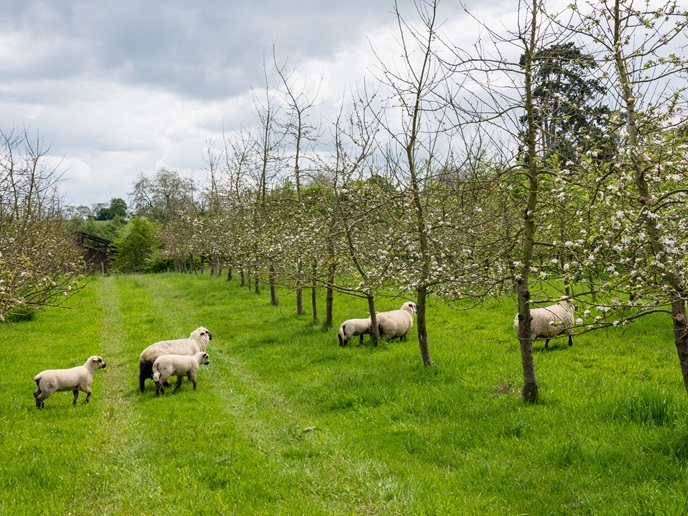The fighter jet technology swooping into tractors and bulldozers
The vehicles that power industries such as farming, forestry and construction are increasingly complex machines, often requiring operators to monitor several streams of data displayed across multiple screens inside the cab. The CERES project aims to streamline and simplify this working environment with the addition of a head-up display(opens in new window) that projects key data into the operator’s field of view as they look through the windshield. “If you jump on board a forestry machine, you will find yourself in an environment almost as complex as a fighter jet,” says CERES coordinator Esteban Arboix. “Any help for facilitating the machine operation is important.” As the data appears to float a few metres in front of the windshield, there is no need for the operator to glance down at terminals or shift their focus, making for a more ergonomic work environment. Organising information flow in the cab is also necessary to meet ambitious goals the EU has for improvements in precision farming(opens in new window), productivity and sustainability, adds Arboix. “There’s increasing pressure for better efficiency and yield. The operator of such a machine needs to handle much more data now than a few years ago.” Arboix is the CEO of Swedish technology firm Optea(opens in new window), which he created in 2005. The company developed CERES as an accessory that can be adapted to fit almost any industrial vehicle. It consists of a semi-transparent film that is fixed to the window to act as a beam splitter, and a projector that connects to the vehicle’s on-board data system. “The biggest thing we bring to the table is that we’ve developed the optics that are needed to create a good augmented reality (AR) system,” notes Arboix. “What’s great about it is we’ve made a high-quality Fresnel lens in plastic; there is nobody else in the world who can do that.” Users can connect CERES to any compatible device via an HDMI cable, although the output is dependent on that instrument. Optea is now collaborating with the Research Institutes of Sweden(opens in new window) to develop relevant AR content for agricultural applications, which consolidates and organises the data flow. “The tech nerd side of me loves this technology, and that has motivated me for a long time,” says Arboix. With the EU’s support, he was able to work with a business advisor to develop plans on how to sell the CERES device. “Based on that, we have letters of intent from several companies, so this particular project has helped a lot in developing our business strategy.” Optea is also working closely with a tractor manufacturer to offer CERES as an optional extra on new purchases, as well as with a manufacturer of vehicle cabins. “We are not in the commercial phase yet, but we are trying to become part of the manufacturer catalogue, and also work with tier one suppliers,” adds Arboix. CERES may also become available for direct purchase by vehicle owners. “We’re not waiting for the phase two funding or investors,” he notes. “Come autumn we’re going to ramp up small-scale production and start selling.”







